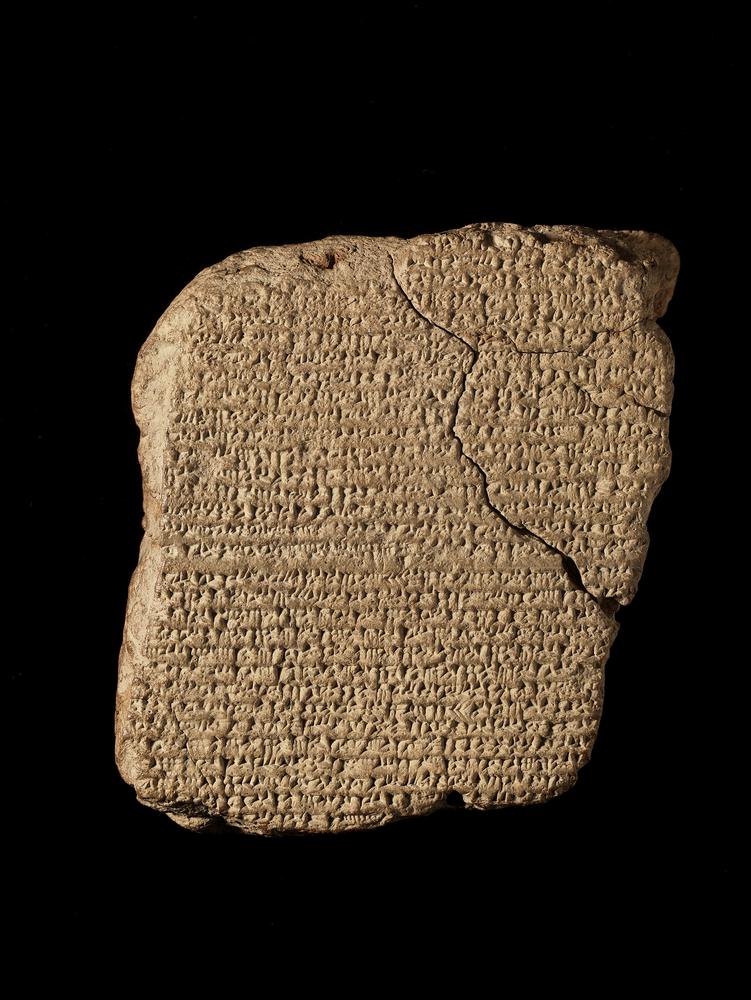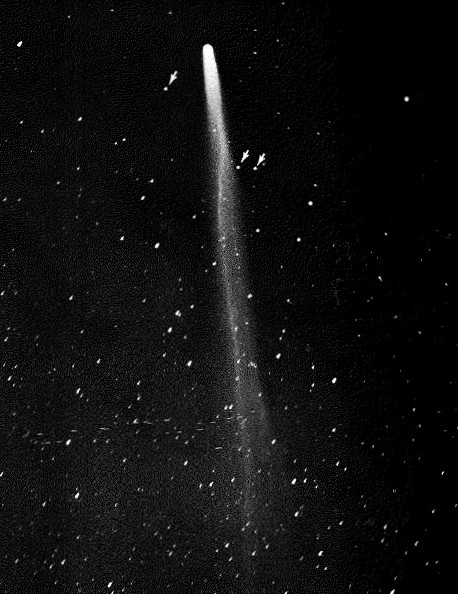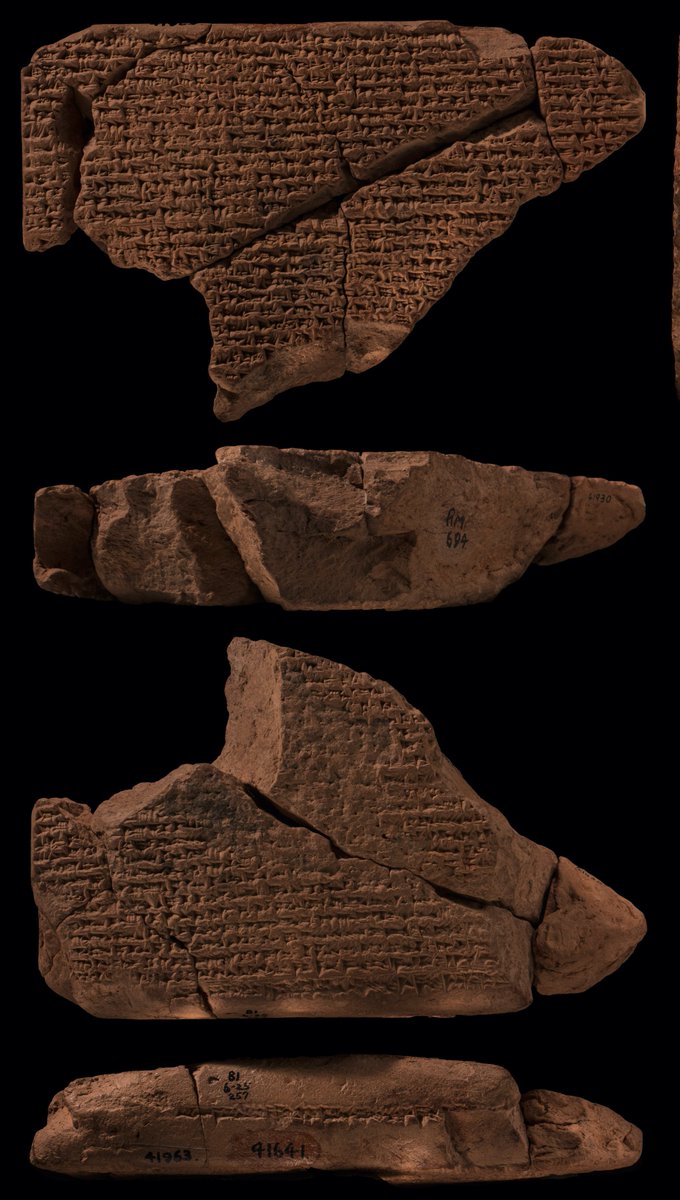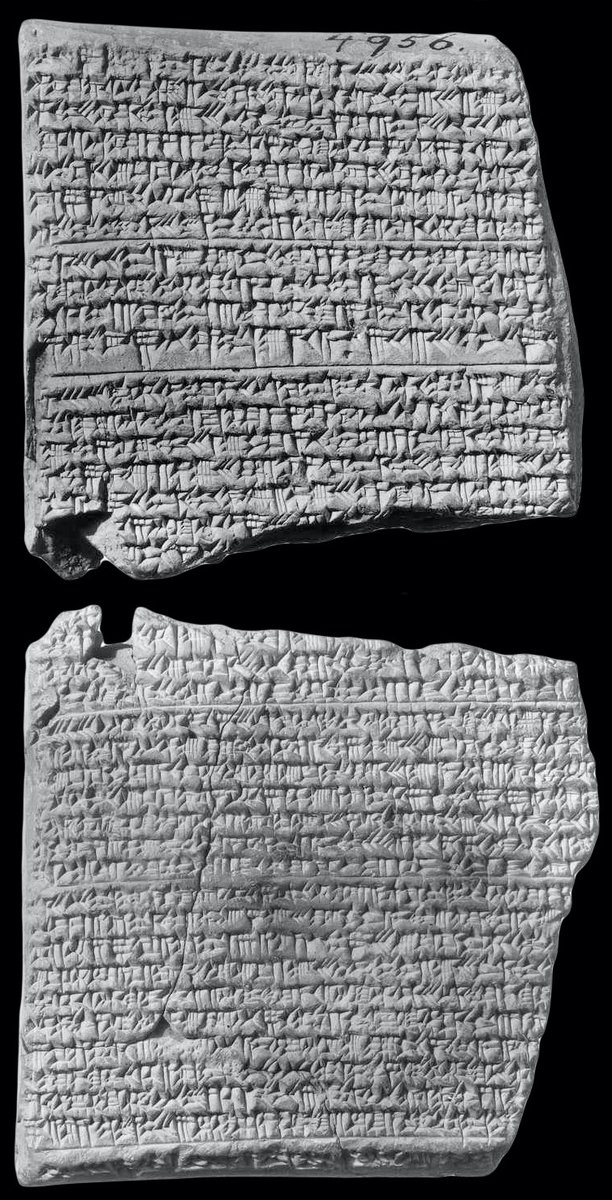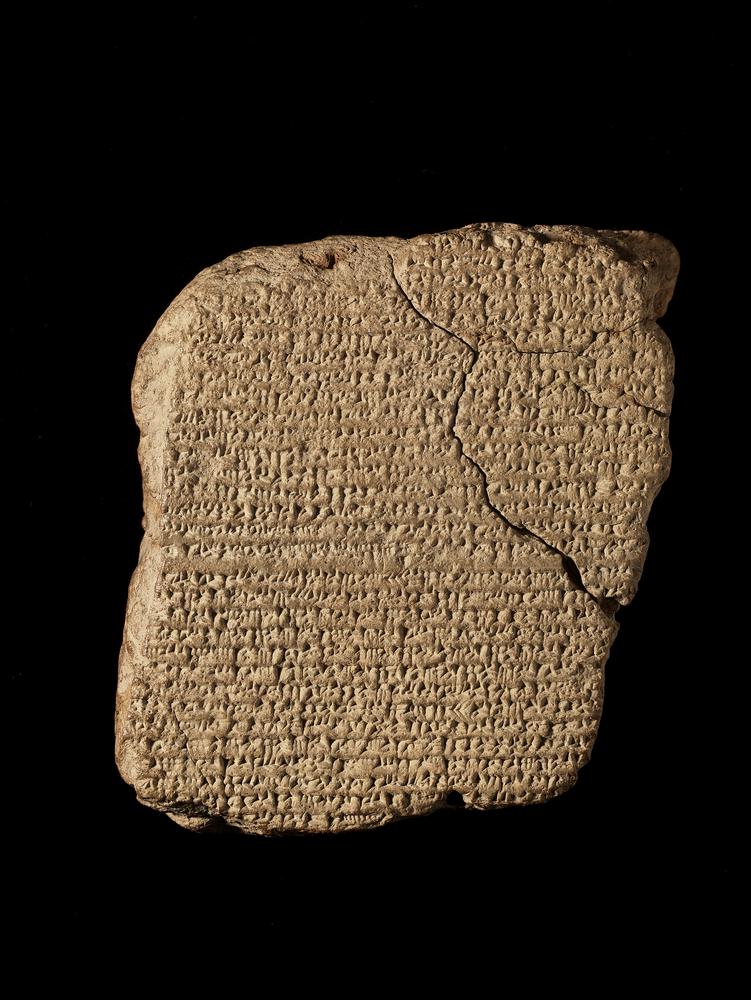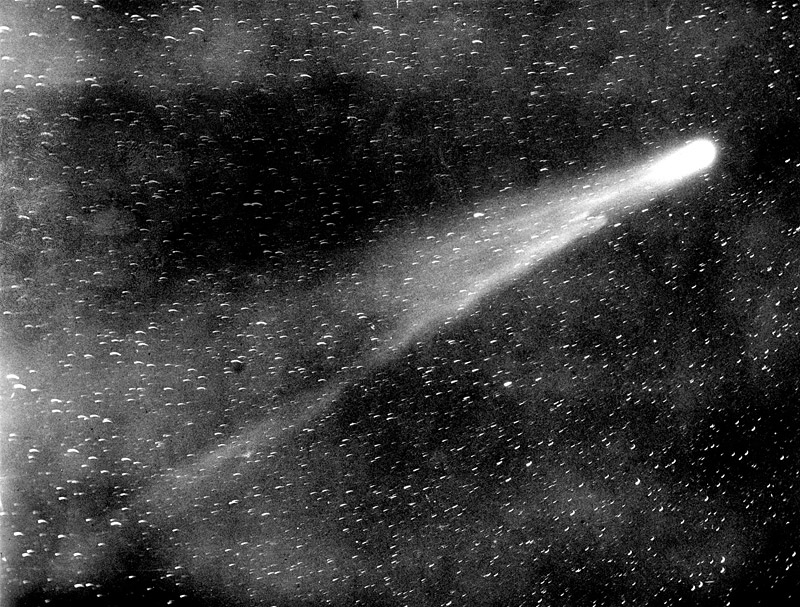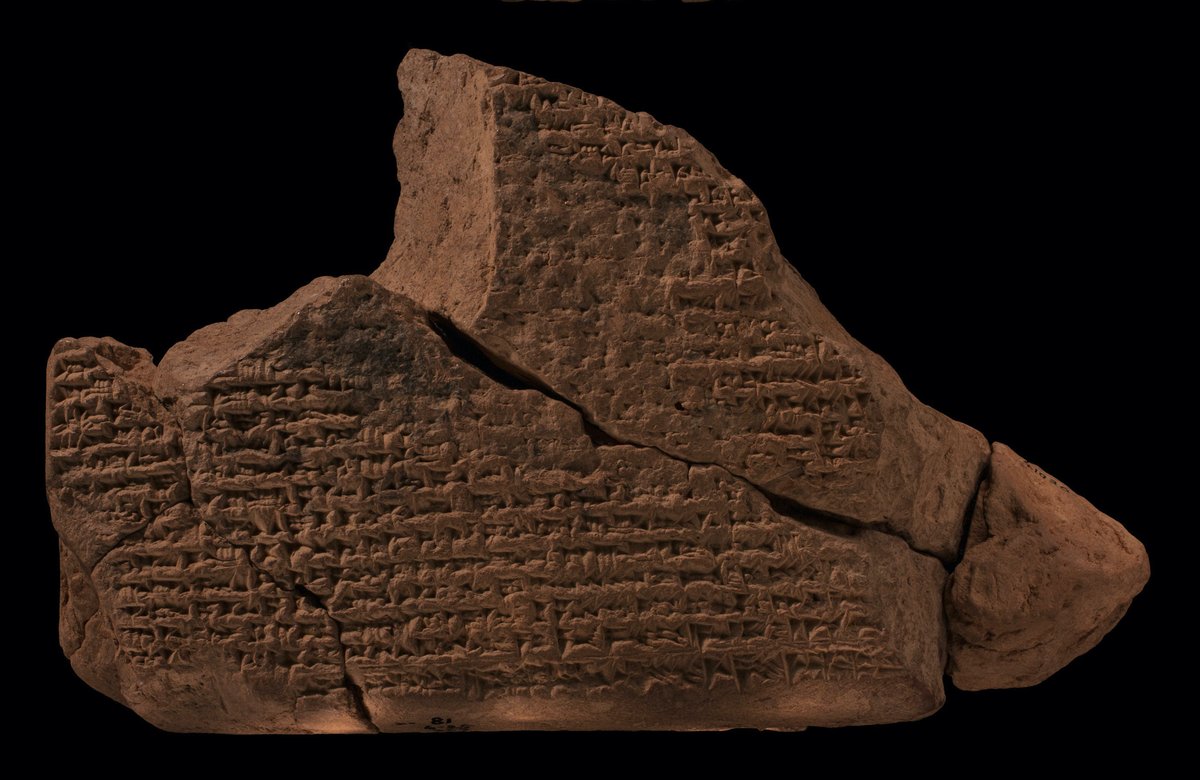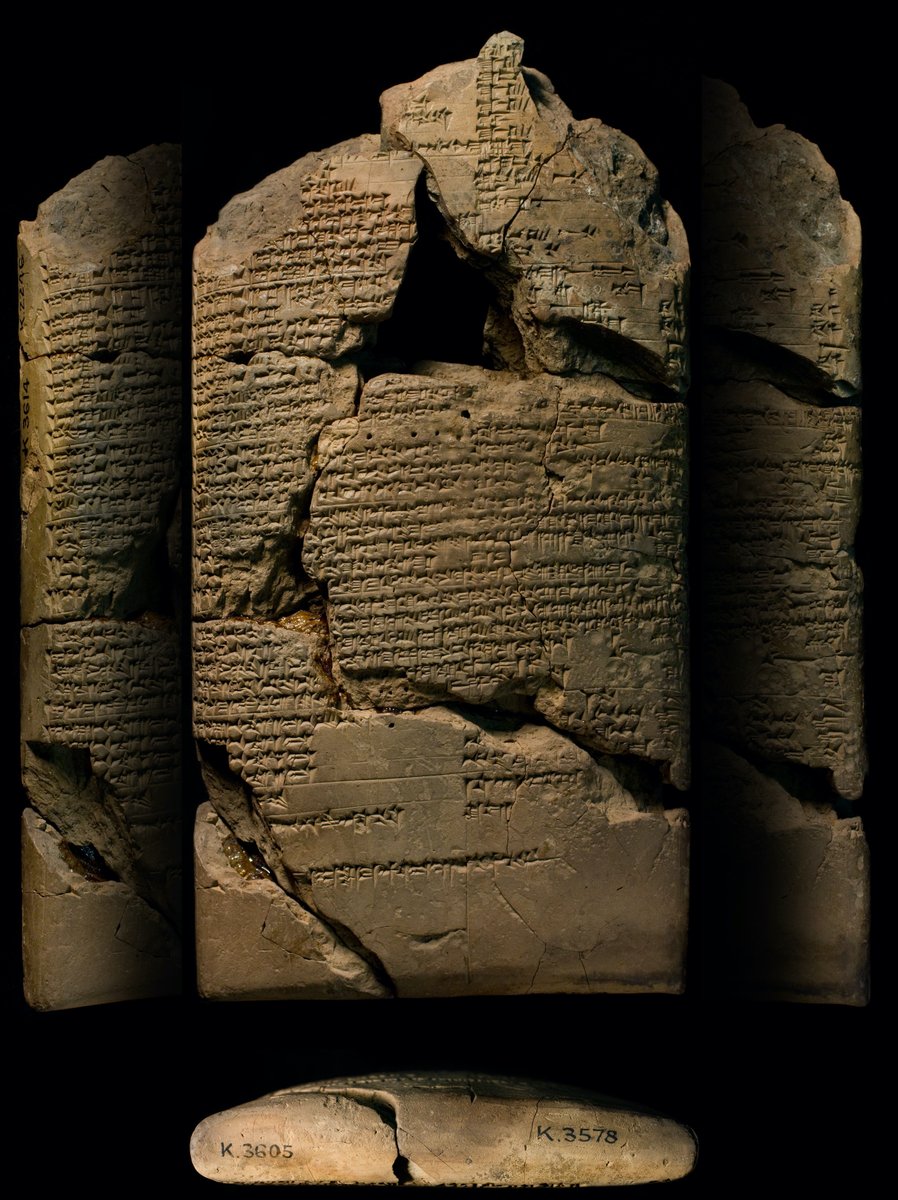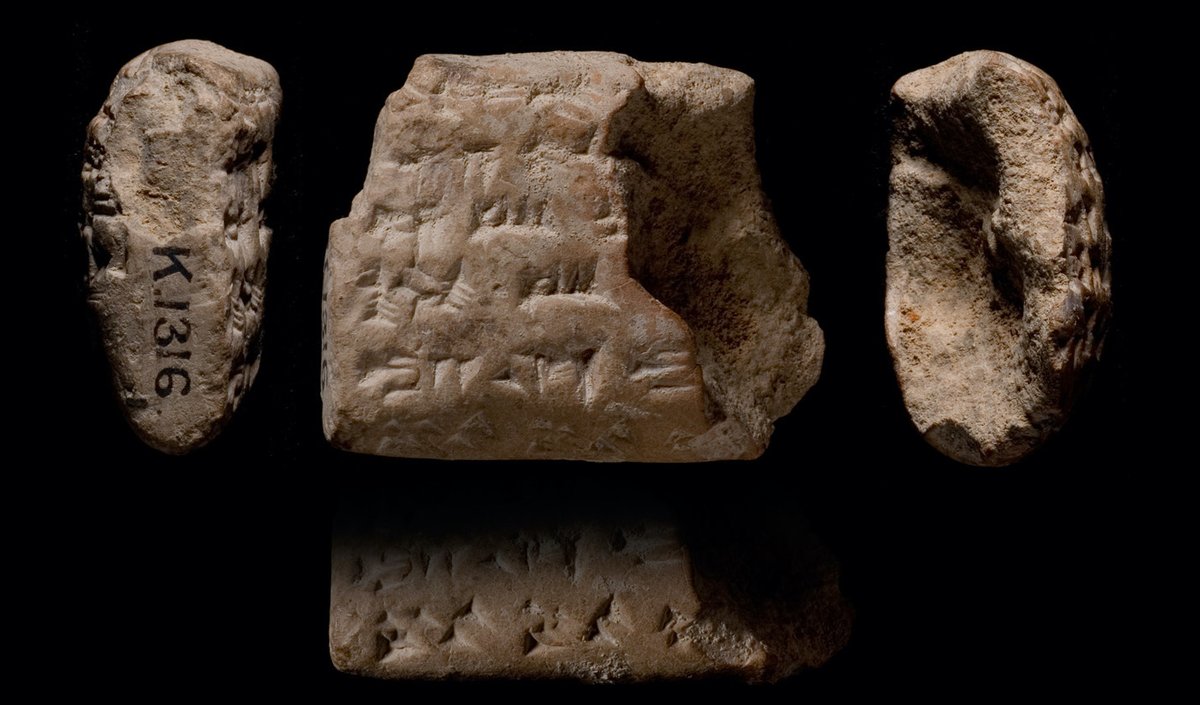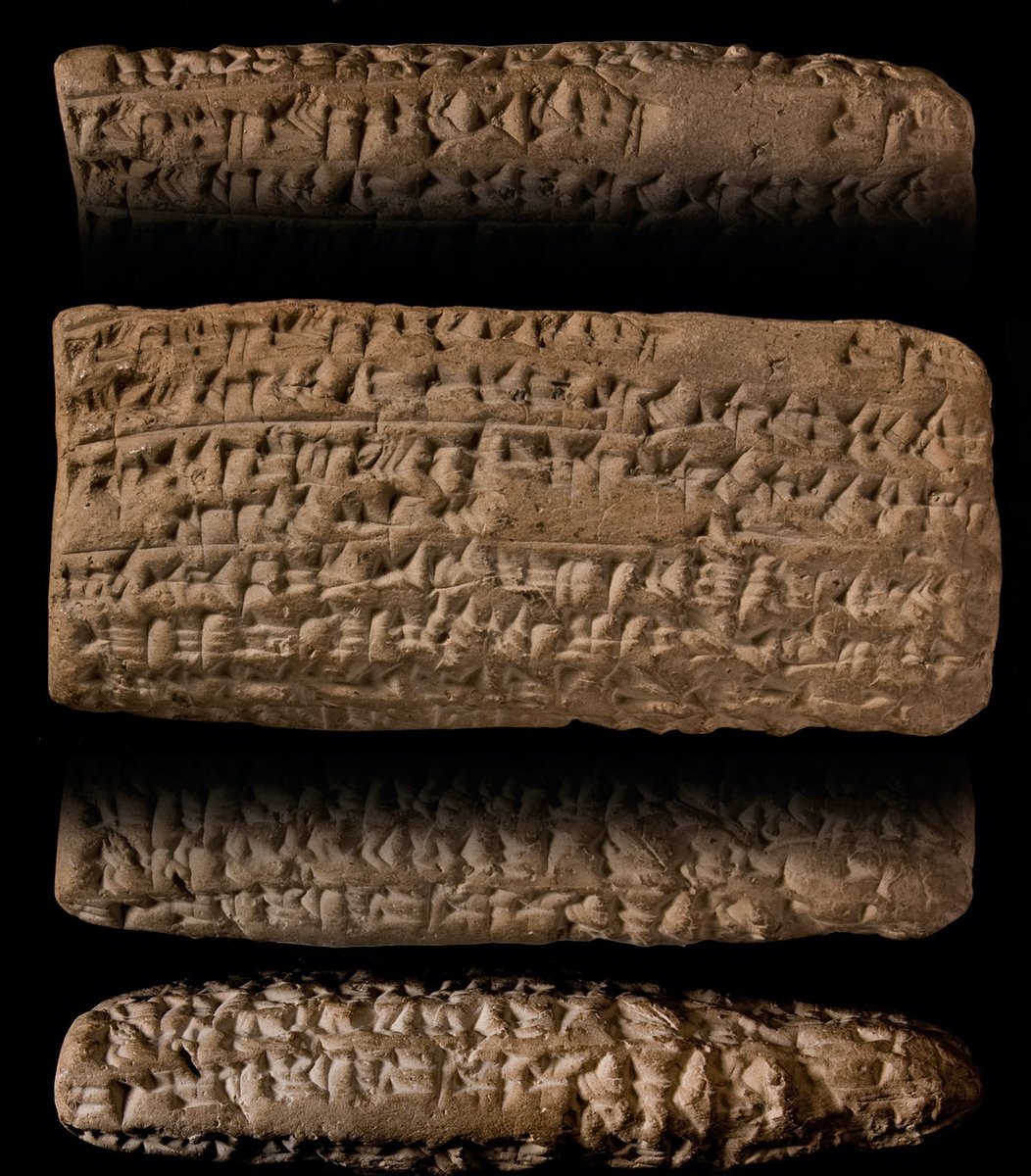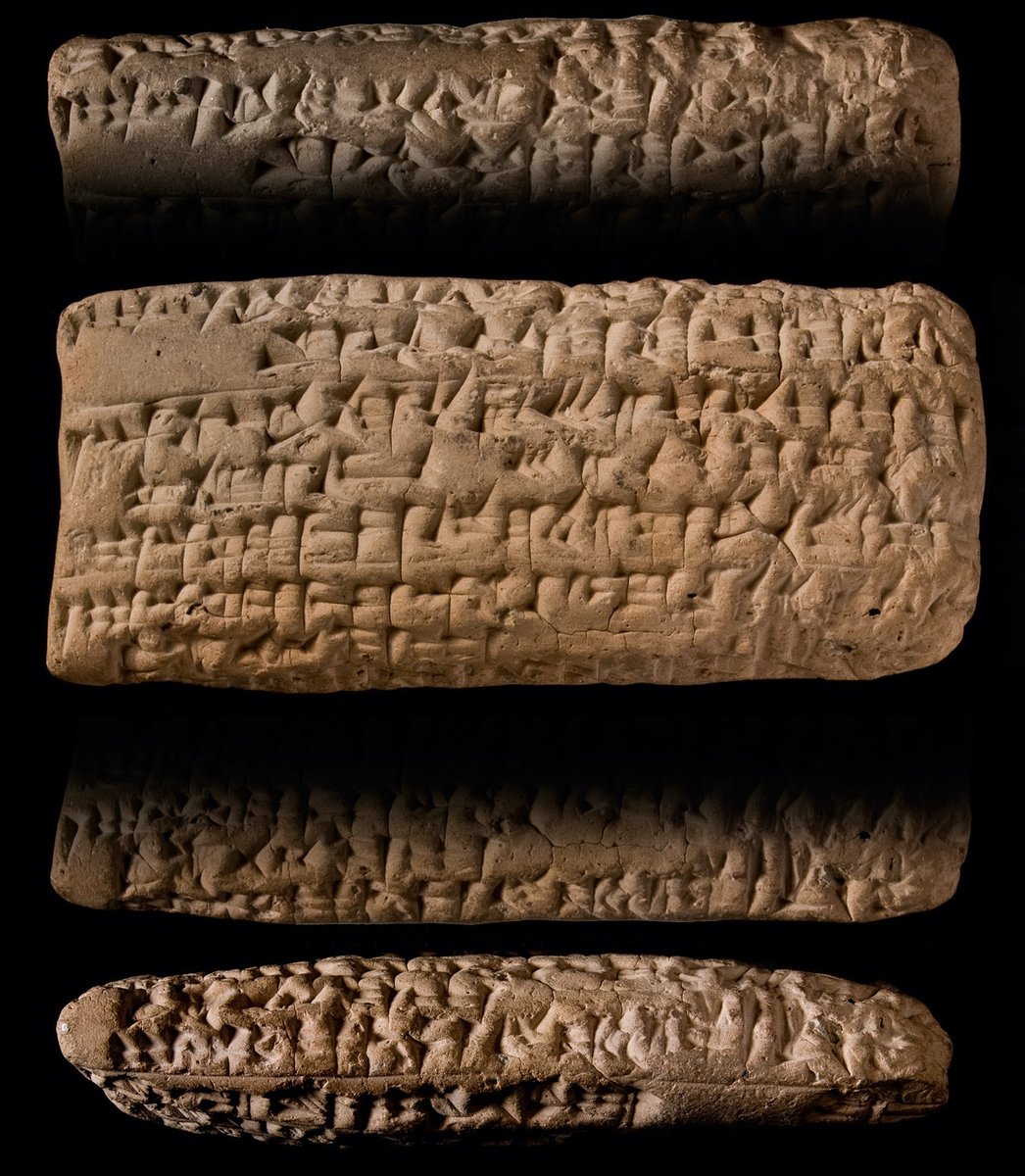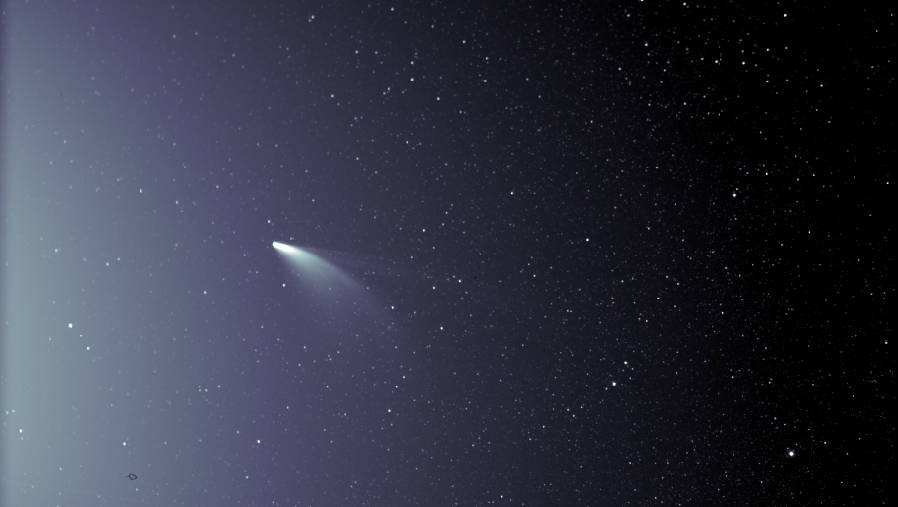As we begin to bid farewell to NEOWISE, I want to take a moment to remember the comets that found their way into cuneiform tablets thousands of years ago, and the people who may have felt the same sense of wonder some of us did when looking at the night sky this July.
The Akkadian word for comet is ṣallammû, or ṣallummû. It appears in cuneiform texts from ancient Babylonia that record centuries of observed astronomical phenomena.
AFAIK, these "Astronomical Diaries" are the longest-running dataset for such phenomena from the ancient world
AFAIK, these "Astronomical Diaries" are the longest-running dataset for such phenomena from the ancient world
“the comet which previously had been seen in the east in the path of Anu in the area of Pleiades and Taurus, to the west…and passed along in the path of Ea”
The comet known as Halley’s Comet is described in a Babylonian Astronomical Diary from 164 BCE http://oracc.iaas.upenn.edu/adsd/adart3/X301632/html">https://oracc.iaas.upenn.edu/adsd/adar...
The comet known as Halley’s Comet is described in a Babylonian Astronomical Diary from 164 BCE http://oracc.iaas.upenn.edu/adsd/adart3/X301632/html">https://oracc.iaas.upenn.edu/adsd/adar...
"Night of the 13th…first part of the night, a comet…"
Halley’s Comet observed in a Babylonian Astronomical Diary from 87 BCE, in which it& #39;s also described as moving slightly “day beyond day”. This description is perhaps familiar to those who watched NEOWISE nightly this month?
Halley’s Comet observed in a Babylonian Astronomical Diary from 87 BCE, in which it& #39;s also described as moving slightly “day beyond day”. This description is perhaps familiar to those who watched NEOWISE nightly this month?
In 235 BCE, a comet is observed in the skies above Babylon, but the tablet is so fragmentary that little else can be said about its appearance other than a broken line of cuneiform text.
“last part of the night, a comet in the east…” http://oracc.iaas.upenn.edu/adsd/adart2/X202340/html">https://oracc.iaas.upenn.edu/adsd/adar...
“last part of the night, a comet in the east…” http://oracc.iaas.upenn.edu/adsd/adart2/X202340/html">https://oracc.iaas.upenn.edu/adsd/adar...
Long before Babylonians compiled their centuries of Astronomical Diaries, comets appear in cuneiform omens, including the compendium known as “Enuma Anu Enlil”.
“If a comet (coming out) of a planet is seen…the enemy will rise and the country will altogether become smaller”
“If a comet (coming out) of a planet is seen…the enemy will rise and the country will altogether become smaller”
Omens about observed phenomena in the sky, like comets, are quoted in reports by astronomers to ancient Assyrian kings.
Asharedu tells king Ashurbanipal (or Esarhaddon), "If a comet becomes visible in the path of the stars of Anu: fall of Elam." http://oracc.iaas.upenn.edu/saao/saa08/P336489/html">https://oracc.iaas.upenn.edu/saao/saa0...
Asharedu tells king Ashurbanipal (or Esarhaddon), "If a comet becomes visible in the path of the stars of Anu: fall of Elam." http://oracc.iaas.upenn.edu/saao/saa08/P336489/html">https://oracc.iaas.upenn.edu/saao/saa0...
The scholar Bel-le& #39;i writes to the ancient Assyrian king Ashurbanipal (or Esarhaddon) that "If a comet becomes visible in the path of the stars of Anu: there will be a fall of Elam in battle."
The report ends with a plea to help find a runaway servant http://oracc.iaas.upenn.edu/saao/saa08/P237796/html">https://oracc.iaas.upenn.edu/saao/saa0...
The report ends with a plea to help find a runaway servant http://oracc.iaas.upenn.edu/saao/saa08/P237796/html">https://oracc.iaas.upenn.edu/saao/saa0...
"If a star which has a beak in the front and a tail in the back is seen and illuminates the sky like a meteor (or) like the glow of a star: comet (ṣallummû)"
Some references to comets in cuneiform texts give vivid descriptions, like this one from the Library of Ashurbanipal.
Some references to comets in cuneiform texts give vivid descriptions, like this one from the Library of Ashurbanipal.
Comets have intrigued us for millennia. If you caught a glimpse of NEOWISE this month, then you may have felt some semblance of the wonder, or maybe duty (to record it), or even concern that ancient Babylonians and Assyrians felt at Halley& #39;s comet and others.
Image @NASA
Image @NASA
If you& #39;re interested in the astronomers who recorded the appearances of comets and countless other phenomena in the skies above ancient Iraq, tune in on Monday July 27th for @willismonroe& #39;s talk, "A Day in the Life of a Babylonian Astronomer" https://twitter.com/willismonroe/status/1285226175984365570?s=20">https://twitter.com/willismon...

 Read on Twitter
Read on Twitter